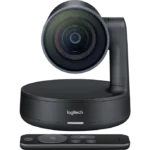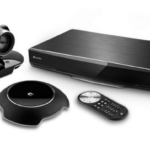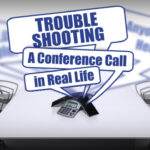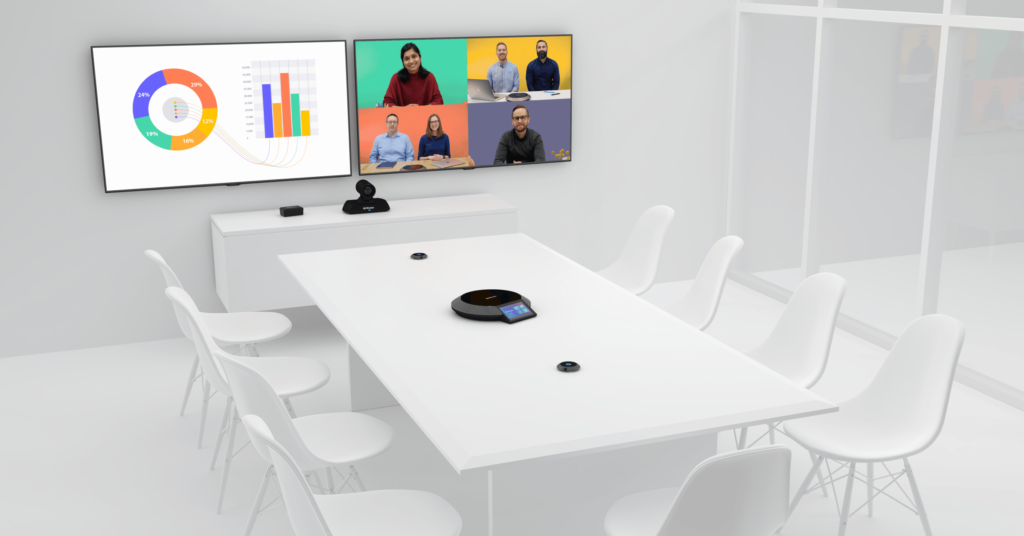Table of Contents
Conference Room Equipment Setup:
Whether your conference is hosted in an existing building or is planning to stage a new one. There are several essential pieces of equipment to consider. Among these are the Video conferencing system, Audio capture subsystem, Speakerphones, and Displays. Here’s how to start Hopefully, you’ll find it easier to plan your setup. The following sections will help you get started with the conference room equipment setup. Read on to learn more.
Video conferencing system:
A video conferencing system is an important piece of conference room equipment, and it requires the correct hardware and software for its proper use. The most obvious software to purchase is a video conferencing package. It allows a group of people to communicate in real-time. Other software needs to be purchased and installed separately. Here are some tips to help you choose the best video conferencing system. Listed below are the components of a video conferencing system.
A high-quality video conferencing system is the key to a productive collaboration environment. Lifesize Icon 700 provides high-quality, secure collaboration and joins cloud video conference apps. A versatile dual display ensures active, high-quality collaboration. With an intuitive touchscreen interface, it also features tilt/pan/zoom controls for optimal image quality. PT12x-SDI supports IP camera controls and 3D-SDI output. Lifesize Icon 700 provides a 1080p-60 resolution and supports an RCA connector.

Audio capture subsystem:
An audio capture subsystem is an important part of the conference room equipment setup. It provides a central unit and gooseneck microphone consoles for each participant. Depending on the model, these systems can be wireless or wired and send the audio signals to an audio mixer, PC, or hardware video conferencing endpoint. Some conference rooms have ceiling speakers and multiple audio interfaces. A good audio capture subsystem should be able to handle the simultaneous capture of several speakers.
If a conference room is staged for video calls, an audio capture subsystem is essential. This audio component can help to reduce audio feedback, echo, and other noises heard by conference participants. In addition to microphones, you need a camera if the conference to record. The camera can range in size from a tiny one for a huddle room to a more sophisticated one in a larger space.
Speakerphones:
Investing in speakerphones as part of your conference room equipment setup will increase the quality of your audio in meetings. Fortunately, there are several options to consider. For smaller meeting rooms, you can purchase a single speakerphone or several, depending on the size of the room. For larger rooms, consider buying several ceiling microphones to provide coverage for all attendees. Consider the Parle TCM-X Ceiling or the Sennheiser Team Connect 2 if you need to provide audio for a group of 15 or more participants.
Gooseneck microphones are especially useful for large conference rooms as they provide omnidirectional coverage, and do not require desk space. Desktop speakerphones are inexpensive and suitable for smaller teams. However, if you have a limited budget, consider purchasing several desktop speakerphones. You may find it helpful to purchase several different models, but a gooseneck microphone is the most flexible and affordable option. This type of microphone costs as little as $27 on Amazon.
Displays:
So, digital signage is a great option to use in your conference room. The digital signage allows your participants to see content, such as webinars, announcements, and videos, without having to refer to the actual meeting room. Also, another great option for your conference room equipment setup is an LED video wall. With this technology, you can present information to your room without a lot of hassle, and you can even share your whiteboard with your participants.
In terms of size, LCD panels are becoming popular. So, they are more convenient and are becoming widely available. For optimal viewing, select a TV with a diagonal size that is equal to the room’s length and no longer than four diagonals. If the room is very long, consider using a large screen. If there is no available space, consider buying two or three televisions, or installing a video wall to maximize the size.
Sound-absorbing panels:
There are many different ways to combat echo in your conference room. Adding ceiling-hung panels is a common solution, but acoustic panels for walls can also help. For a high-ceilinged room or converted industrial space, you may want to consider installing acoustic hanging baffles. They’re lightweight, aesthetically pleasing, and can reduce sound in a conference room.
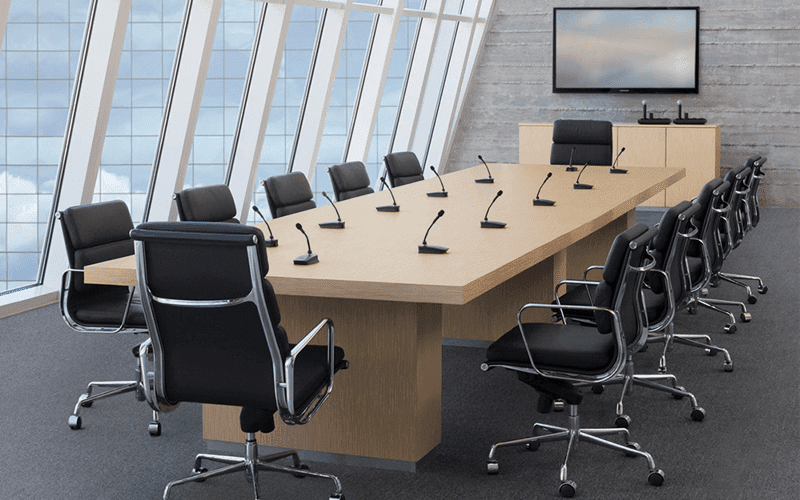
While many people may have a hard time envisioning ceiling clouds as a sound-absorbing panels, these can be a very practical solution. Panels with an NRC rating of one will absorb 100 percent of the sound that hits them. ATS panels are also made from a solid wood frame and fabric that blends in more seamlessly with the room’s design. These panels will help you create a conference room that’s conducive to productive meetings and discussions.
Cameras:
So, when it comes to the conference room equipment setup, cameras are a key piece. Also, they can range from simple web cameras for small huddle rooms to elaborate cameras for larger conference rooms. Typically, cameras are mounted above a video display, but if your meeting room features a low ceiling, you’ll need to mount the camera below it. You should also pay attention to the mounting height, which should be close to the table surface.
So, choose a high-resolution camera that can focus on distant and near people simultaneously. Also, a camera with pan/tilt/zoom capabilities will enhance your aim of making everyone around the conference table visible. And don’t forget to consider video quality, which is vital to ensuring that everyone is visible. Choose a camera with Brilliant WDR technology, which enables the lens to adjust to the changing lighting conditions, capturing more visual information in every scene.

